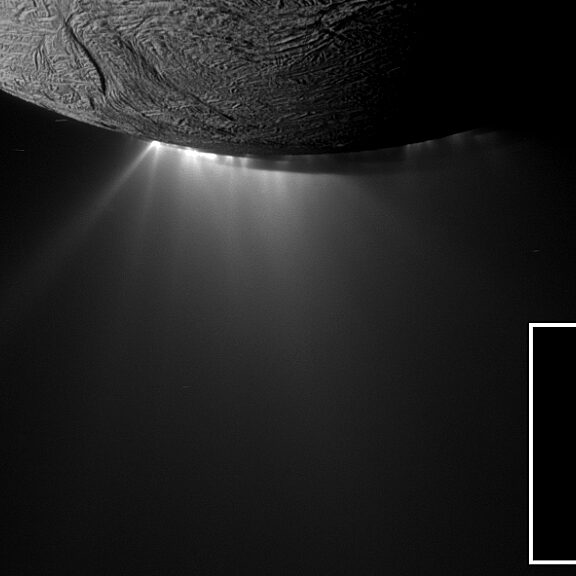All
All
Stories, updates, insights, and original analysis from The Planetary Society.
The best places to search for life in our Solar System
From Earth's neighboring planets to distant moons, these are the best places to look for alien life.
How astronomers search for life on exoplanets
Technologies for studying planets around other stars are advancing all the time. Along with those advancements come new ways to look for possible signs of life on those planets.
How do humans try to communicate with aliens?
SETI is the search for extraterrestrial intelligence, using various techniques to look for signals from advanced alien civilizations. METI (messaging extraterrestrial intelligence) is when we send out our own signals for aliens to find.
Cometary sights and sounds
Discover what causes a comet’s color and what it might be like to listen to one whiz by.
Are exoplanet 'terminator zones' a lead in the search for life?
Exoplanets with terminator zones are unusual worlds that may challenge our traditional understanding of habitability.
Life on Venus: Your Questions Answered
Is there life on Venus? Was our planetary neighbor ever inhabited? Here are the answers to your most pressing questions about the possibility of alien life on Venus.
The scientific truth is out there
The real science of aliens, the policy implications of ET, and new views of worlds beyond our own.
Are aliens real?
An exploration of whether aliens are out there, what kind of extraterrestrial life is most likely to exist, and how we're looking for it.
Asteroids worth getting psyched about
New discoveries from Ryugu, material heading our way from Bennu, and anticipation for a mission to Psyche.
What the search for aliens can learn from life on Earth
When searching for extraterrestrial life, we have to base our hunt on what we know about life on our own planet. This may seem limiting, but there's a lot we can learn from the astonishingly diverse lifeforms we have here on Earth.
Weaving together a picture of the Cosmos
When we combine data sources, collaborate with each other, and invite artistic perspectives, we can better understand the Universe we live in.
The Space Advocate Newsletter, October 2022
Will a SETI signal unite or divide us?
JWST’s carbon dioxide discovery is good news for Earth-like worlds
NASA's JWST recently detected carbon dioxide in the atmosphere of an exoplanet known as WASP-39b — a historical first.
Are planets with two stars promising places for life?
A look at the potential for habitable planets in binary systems despite their chaotic births.
Faith, Doubt, and Contact
Contact remains a unique movie due to its representation of science. It remains a great film due to the treatment of doubt and faith as a universal aspect of human existence.
What might JWST reveal about TRAPPIST-1?
We spoke with the scientists leading the first observations of TRAPPIST-1 using the James Webb Space Telescope (JWST) in order to understand what mysteries their observations will help unlock.
A little too close for comfort
From gas orbiting a supermassive black hole to asteroids orbiting near the Earth, sometimes the vastness of space can feel a bit tight.
When will we explore Enceladus to find alien life?
While NASA will launch Dragonfly later this decade to Titan, another potentially habitable moon of Saturn, no space agency is currently funding a mission to Enceladus.
Beyond the far side
Explore the two-faced Moon and meet two new projects paving the way for the future of space science.
Announcing the First-Ever STEP Grant Winners: Citizen Science SETI and Determining Asteroid Properties
The new STEP Grants program is designed to regularly compete a significant portion of The Planetary Society’s science and technology portfolio.


 Explore Worlds
Explore Worlds Find Life
Find Life Defend Earth
Defend Earth


 Sun
Sun Mercury
Mercury Venus
Venus Earth
Earth Mars
Mars Jupiter
Jupiter Saturn
Saturn Uranus
Uranus Neptune
Neptune Small Bodies
Small Bodies


















